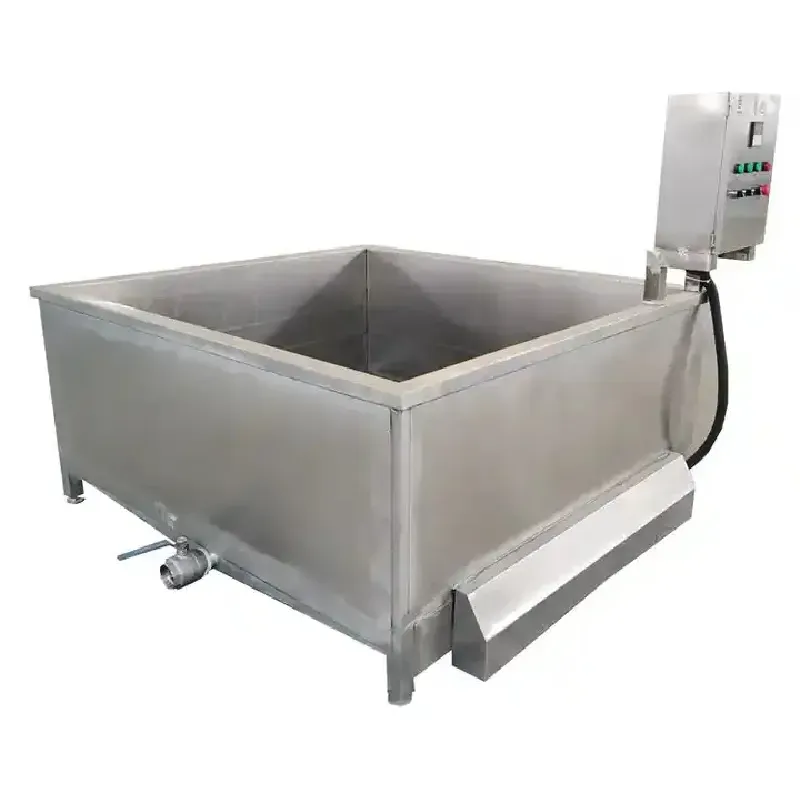Durable Chicken Wire Ideal for Building Bird Cages and Enclosures
Sep . 28, 2024 13:44 Back to list
Durable Chicken Wire Ideal for Building Bird Cages and Enclosures
The Utility of Chicken Wire for Bird Cages
When it comes to constructing bird cages, one of the most commonly used materials is chicken wire. Known for its versatility and effectiveness, chicken wire offers several benefits that make it an ideal choice for aviary enthusiasts and bird owners alike. This article will explore the features, advantages, and considerations of using chicken wire for bird cages.
Understanding Chicken Wire
Chicken wire, also known as poultry netting, is a type of wire mesh that is made from thin, flexible steel wire. The mesh is characterized by its hexagonal holes that are large enough to allow for airflow and visibility while ensuring the safety of the birds inside. Originally designed for enclosing chicken coops, this material has found its way into various applications, including garden fencing, craft projects, and, of course, bird cages.
Benefits of Using Chicken Wire
1. Affordability One of the most significant advantages of chicken wire is its cost-effectiveness. Compared to other materials commonly used for bird cages, such as metal mesh or solid paneling, chicken wire is generally more affordable, making it a popular choice among hobbyists and those looking to create a budget-friendly aviary.
2. Lightweight and Easy to Work With Chicken wire is lightweight, making it easier to handle and install. This characteristic allows bird owners to create DIY cages with minimal hassle. Additionally, the flexibility of chicken wire means it can be easily shaped and molded to fit different designs and sizes, accommodating various bird species and environments.
3. Good Airflow and Visibility Proper ventilation is crucial for the health of pet birds, as it helps to maintain a comfortable environment and reduce the risk of respiratory issues. Chicken wire provides ample airflow thanks to its open mesh design. Moreover, the transparency of the wire allows for easy viewing of the birds, which is especially beneficial for interaction and observation.
4. Predator Protection While chicken wire is not as strong as solid metal or welded mesh, it still provides a level of protection against common predators. When used appropriately, it can deter cats, raccoons, and other animals from accessing the birds. For enhanced security, it is advisable to reinforce the structure by using more durable materials in combination with chicken wire.
chicken wire for bird cage

5. Ease of Cleaning Maintaining a clean living space is vital for the health of birds. Chicken wire can be easily cleaned by spraying it down or using a mild disinfectant, ensuring a sanitary environment for the birds.
Considerations When Using Chicken Wire
While chicken wire has many benefits, there are some considerations to keep in mind when using it for bird cages
- Strength and Durability Chicken wire may not be suitable for large or aggressive bird species. More robust birds may pose a risk of pushing against the wire, which can lead to damage or escape. For larger birds, consider using welded wire mesh or stronger materials.
- Potential for Injury The edges of chicken wire can be sharp, potentially causing injury to birds. When constructing a cage, it is important to ensure that all edges are secured and that no sharp points are exposed.
- Weather Resistance If the cage is placed outdoors, it is important to consider weather resistance. Standard chicken wire may rust over time when exposed to the elements. Coated versions are available that may offer increased durability.
Conclusion
In summary, chicken wire is a practical and versatile material for constructing bird cages, offering affordability, ease of use, and good airflow. While it comes with some limitations, proper construction and regular maintenance can lead to a safe and suitable living environment for birds. Whether you are a seasoned bird keeper or a newcomer to aviculture, chicken wire can be a valuable part of your bird-keeping toolkit. Ultimately, choosing the right materials and ensuring the safety of your feathered friends should always be the top priority.
-
Hot Sale 24 & 18 Door Rabbit Cages - Premium Breeding Solutions
NewsJul.25,2025
-
Automatic Feeding Line System Pan Feeder Nipple Drinker - Anping County Yize Metal Products Co., Ltd.
NewsJul.21,2025
-
Automatic Feeding Line System Pan Feeder Nipple Drinker - Anping County Yize Metal Products Co., Ltd.
NewsJul.21,2025
-
Automatic Feeding Line System - Anping Yize | Precision & Nipple
NewsJul.21,2025
-
Automatic Feeding Line System - Anping Yize | Precision & Nipple
NewsJul.21,2025
-
Automatic Feeding Line System-Anping County Yize Metal Products Co., Ltd.|Efficient Feed Distribution&Customized Animal Farming Solutions
NewsJul.21,2025






